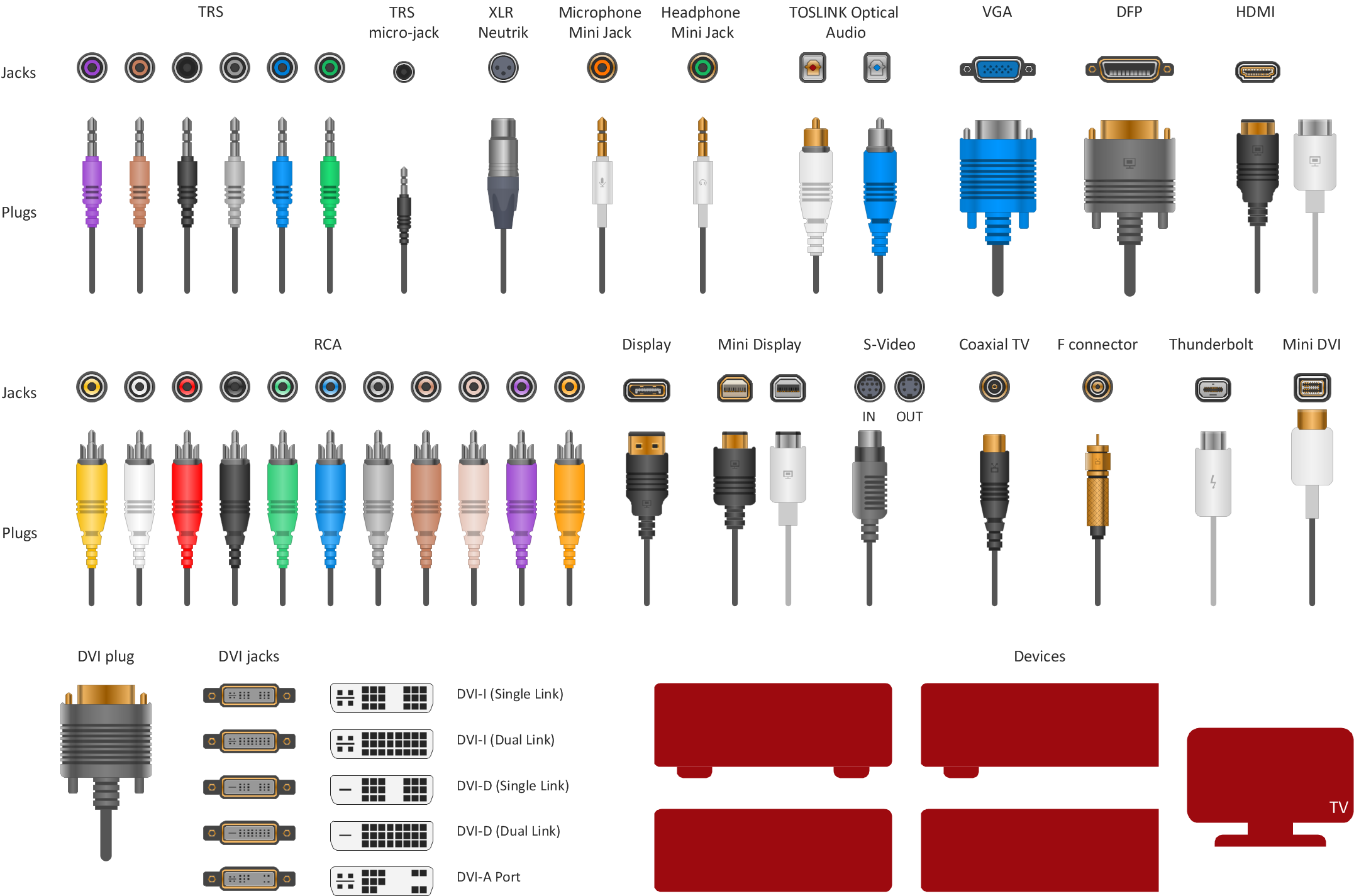Revolutionizing Transmission with Cutting-edge Sound over IP Solutions for a Integrated Tomorrow
Revolutionizing Transmission with Cutting-edge Sound over IP Solutions for a Integrated Tomorrow
Blog Article
This realm of media is experiencing a significant transformation due to cutting-edge audio over IP (AoIP) technologies. These advancements are changing the way audio content is created, delivered, and consumed. Audio over IP is defined as the approach of transmitting audio streams over a digital network, utilizing Internet Protocol (IP) rather than traditional analog techniques. This transition not only improves the standard of audio delivery but also provides media professionals with more flexibility and control over their programming.
One key advantage of audio over IP systems is its capability to link various devices and technologies efficiently. Traditional broadcasting frequently depended on intricate cabling and physical links, which could be cumbersome and limited. With AoIP, broadcasters can easily connect mics, audio consoles, and other devices through a shared infrastructure. This convergence allows for remote broadcasting and live streaming from almost any location, making it easier to reach listeners across the globe. As a result, broadcasters can react quickly to ongoing events and audience requests, leading to more dynamic and captivating content.
Moreover, AoIP technology supports high-quality audio formats that improve the auditory experience. Unlike traditional broadcasting techniques, which may diminish sound standards, audio over IP can preserve the purity of the audio stream during the transmission process. This means that listeners commercial video display solutions can experience crisper and richer sound, regardless of whether they are listening in via radio, streaming online, or using mobile devices. The ability to deliver high-fidelity audio is particularly crucial for musical and discussion programs, where each nuance matters to the listeners.
Additionally, the adoption of audio over IP systems can lead to financial efficiencies for broadcasters. By leveraging existing network infrastructure, organizations can eliminate the need for expensive hardware and extensive cabling. This not only reduces upfront costs but also lowers maintenance costs over time. Broadcasters can allocate resources more efficiently, investing in content creation and talent development. As a consequence, the entire media industry can gain from enhanced creativity and inventiveness, as financial resources are reallocated toward enhancing programming and engaging with listeners.
In summary, the transition towards audio over IP systems is changing the media landscape. By allowing smooth links, improving audio quality, and reducing costs, AoIP is paving the way for a more connected future in media. As broadcasters continue to adapt to these changes, they will be better equipped to satisfy the demands of their listeners, produce captivating programs, and remain competitive in an ever-evolving industry. The future of broadcasting is bright, and audio over IP will play a key role in defining the manner in which we interact with audio content in the years to come.